Amal Al-Qasem and Mauro Barelli
On 19th June, a bill that would establish a constitutional entity called the Aboriginal and Torres Strait Islander Voice (the Voice) was passed by the Australian Senate after the lower house’s approval a month earlier. The wording of the constitutional change will now be put to the Australian people in a referendum that will take place between October and December. If the referendum is successful, the Voice will be an enduring institution which will allow First Nations to make representations to the Parliament and the Executive on matters that concern them.
The demand for a First Nations Voice to be permanently included in the Constitution was formally made by Australian Indigenous people in May 2017 through the Uluru Statement from the Heart, the outcome of a series of regional dialogues involving more than 1,200 Aboriginal and Torres Strait Islander people from across the country. The impetus behind this historic document was what First Nations refer to as the ‘torment of [their] powerlessness’, resulting from a long history of dispossession, injustices and structural discrimination. Contributing to reverse this tradition, the Voice would allow First Nations to ‘take a rightful place’ in Australia.
According to several sources, the outcome of the referendum is ‘still very much up for grabs’. There is also a clear divergence of views among Australian political parties. Prime Minister and Leader of the Labor Party, Anthony Albanese, is a fervent supporter of the Voice, which he has described as a long overdue embrace of truth and justice and decency and respect for First Nations people. Both the Liberal and National parties oppose it, while the Greens endorse the YES vote with the caveat that the Voice should only represent a step towards the conclusion of a treaty with Indigenous people.
Under these circumstances, it is not surprising that the Voice has become the subject of fervent debates not just among politicians but also within the public. Two common criticisms of the Voice have dominated such debates. First, concerns have been raised about the (alleged) discriminatory nature of this body, which would create one set of rights for Indigenous Australians and another for non-Indigenous Australians. In this respect, it was even argued that the Voice would produce ‘an apartheid-type state, where some citizens have more legal rights or more rights in general than others.’ These concerns, based on the wrong assumption that equal treatment must always entail the same treatment, are misplaced. The right of First Nations to make representations on matters affecting them should not be seen as a privilege; instead, this right derives from the necessity to remedy structural imbalances within the Australian society and, thus, guarantee what the Permanent Court of International Justice once referred to as ‘equality in fact’ as opposed to – an unsatisfactory – ‘equality in law’.
Second, there are claims that the Voice will grant Indigenous Australians excessive power over the legislative and executive branches. For example, it was argued that, endowed with veto power, the Voice will render the Australian Parliament ‘subservient to it’, or make government ‘unworkable’. These assertions, however, fail to hold up under examination of the exact wording of the bill, given that all Section 129(iii) does is to affirm that the Voice ‘may make representations to the Parliament and the Executive on matters relating to Aboriginal and Torres Strait Islander peoples.’ In other words, as aptly noted by Solicitor-General Stephen Donaghue KC, the Voice ‘has no power of veto’, a circumstance that has led some Indigenous leaders to describe it as a weak bureaucratic body.
Instead of focusing on unfounded fears, the debates about the referendum should centre on the practical outcomes of the Voice such as, for example, bringing Australia in line with international legal standards concerning Indigenous peoples. These standards are reflected in the United Nations Declaration on the Rights of Indigenous Peoples (UNDRIP), which represents the most authoritative legal instrument concerning Indigenous peoples at the international level. Although it initially voted against the UNDRIP in 2007, Australia reversed its position two years later, signalling its commitment to ‘re-setting relations between Indigenous and non-Indigenous Australians’ and ‘hearing Indigenous voices’. By creating the Voice, Australia could therefore follow in the footsteps of Canada, another Commonwealth country which has taken effective action towards the implementation of the UNDRIP by passing, in 2021, the United Nations Declaration on the Rights of Indigenous Peoples Act, a piece of legislation that requires the laws of Canada to be consistent with the provisions of this instrument.
The Voice relates, in particular, to a fundamental right enshrined in the UNDRIP, namely the right to effective participation. Its creation would be an important step towards the implementation of Article 18, which affirms the right of Indigenous peoples to participate in decision-making in matters affecting their rights. Furthermore, while falling short of formally recognizing a right to consultation as such, the Voice would contribute to the realization of Article 19, which refers to the duty of States to consult Indigenous peoples before adopting and implementing legislative or administrative measures that may affect them.
Situated in the broader context of the right to self-determination, the right to effective participation contributes to reversing a tradition of injustices and discrimination by seeking to prevent that States’ interests systematically and indiscriminately prevail over those of Indigenous peoples. It is difficult to overstate the importance of this right, which is commonly regarded as an essential component of a modern democratic society. When voting on the referendum, therefore, Australians should not lose sight of the fact that genuine commitment to respect the rights of First Nations requires the full endorsement of the values underpinning the right to effective participation.

Leave a Reply